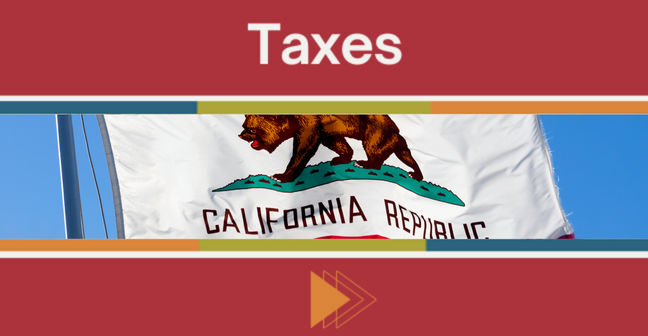
Residents of California who have been impacted by the wildfires may be eligible for significant tax relief. Relief measures are available both for those who reside within the disaster area or whose tax records are located there.
To determine if you qualify, reference the designated areas listed under FEMA declaration 4856-DR.
- Note that the IRS will automatically apply relief to anyone with an address of record within the disaster zone, but if you recently moved to the area or are located outside of the area but have tax records within it, you may need to contact the IRS at 866-562-5227 for manual intervention.
Automatic extensions on returns and payments
The IRS has set October 15, 2025, as a universal deadline for a comprehensive list of filings and payments originally due between January 7 and October 15, 2025.
For individuals:
- 2024 individual tax returns and payments (extended from April 15)
- 2024 IRA and HSA contributions
- 2025 estimated tax payments (for all four quarters)
For businesses:
- Calendar-year partnership and S corporation returns (extended from March 17)
- Calendar-year C corporation returns (extended from April 15)
- Assorted quarterly payroll and excise tax returns
These extended deadlines are applicable whether you do or do not suffer disaster-related losses.
For those with disaster losses to report
If you have taken disaster losses as a result of the wildfires, the IRS is offering flexibility in how these losses are reported that may result in tax savings:
- Losses can be claimed on either your 2024 or 2025 return
- The deadline for this election has been extended to October 15, 2026
Note that returns claiming losses must reference FEMA declaration 4856-DR.
Special retirement account considerations
Additional relief may be available to affected taxpayers in the form of special disaster distributions from retirement accounts. These withdrawals will not be subject to the 10% early withdrawal penalty and the income can be spread over three years.
Filers may also be eligible to make a hardship withdrawal.
Each plan or IRA has specific rules and guidance for their participants to follow.
Excluding qualified disaster relief payments
Certain disaster relief payments received from government agencies may be excluded from your tax return when used for personal and family expenses, home repairs or content replacement.
Required documentation
Tax filers who plan to utilize any of the tax relief benefits are recommended to maintain thorough records of proof of residence (or tax records) in the disaster area, evidence of losses claimed (if applicable), support for excluded disaster relief payments, and documentation of any retirement plan distribution.
Monitor IRS.gov for updates
For up-to-date information on tax relief measures in the impacted area, visit https://www.irs.gov/newsroom/around-the-nation-california





